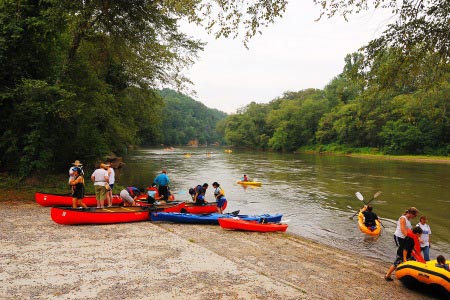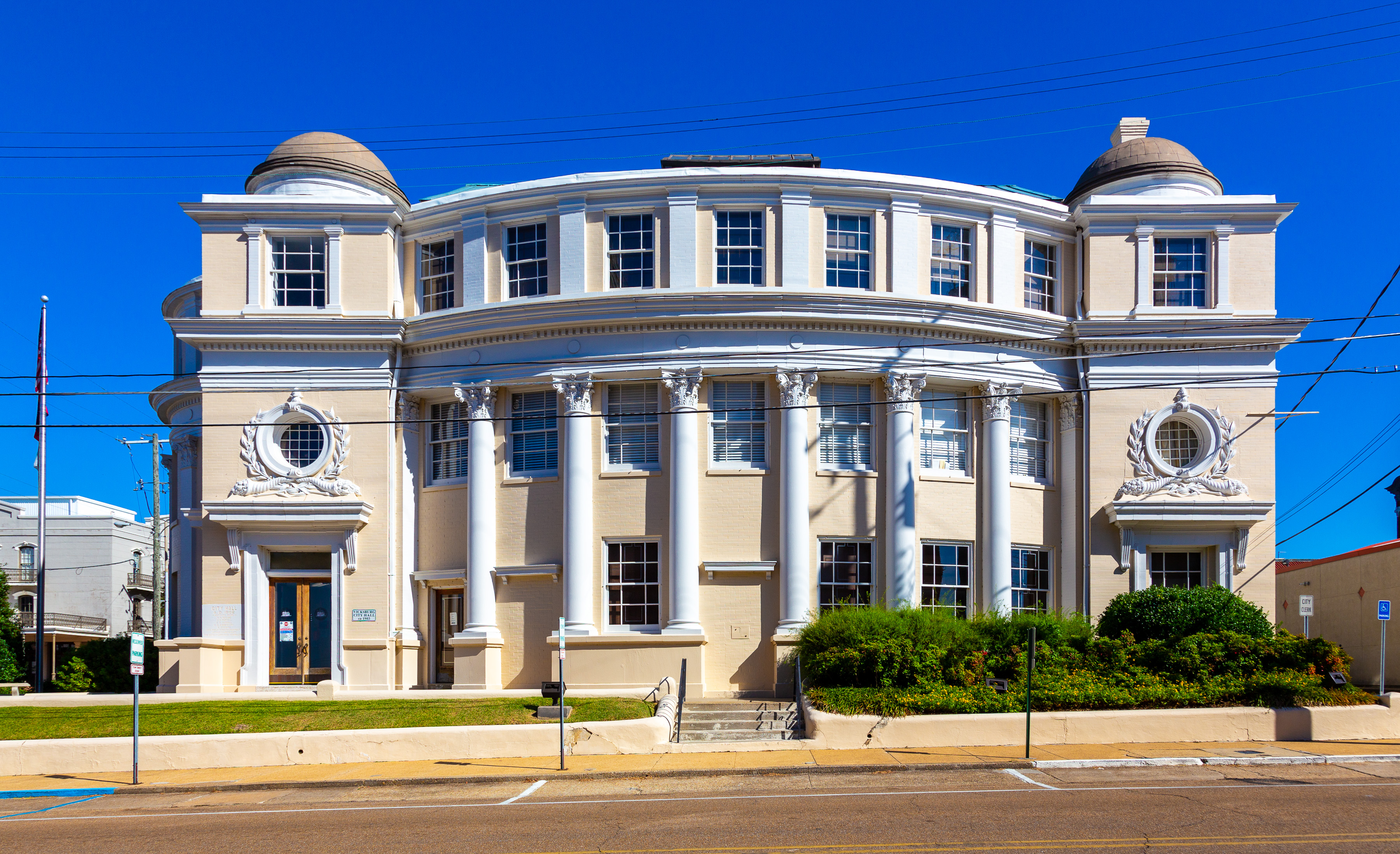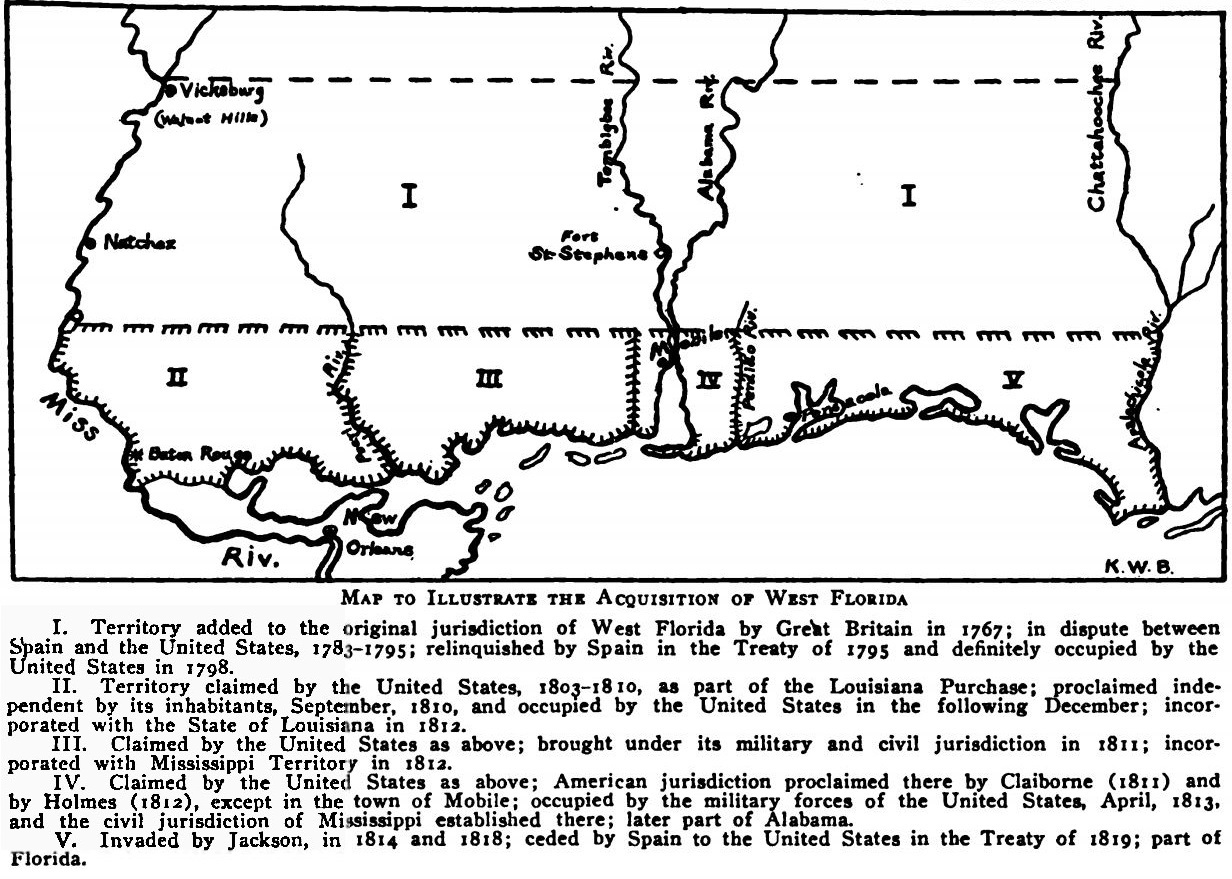|
Esteban Rodríguez Miró
Esteban Rodríguez Miró y Sabater, KOS (1744 – June 4, 1795), also known as Esteban Miro and Estevan Miro, was a Spanish army officer and governor of the Spanish American provinces of Louisiana and Florida. Miró was one of the most popular of the Spanish governors, largely because of his prompt response to the Great New Orleans Fire (1788), which destroyed almost all of the city. Early life Esteban Miró was born in Reus (currently in the province of Tarragona, Catalonia), Spain, to Francisco Miró and Marian de Miró y Sabater. He joined the military in 1760 during the Seven Years' War. Around 1765, he was transferred to Mexico and rose to the rank of lieutenant. He returned to Spain in the 1770s and received military training before being sent to Louisiana in 1778. Governor of Louisiana In 1779 during the American Revolutionary War and Anglo-Spanish War (1779–83), Miró was a part of the forces commanded by Bernardo de Gálvez in campaigns against the British in We ... [...More Info...] [...Related Items...] OR: [Wikipedia] [Google] [Baidu] |
The Most Excellent
The Most Excellent (Spanish language, Spanish: ''Excelentísimo Señor'' (male) or ''Excelentísima Señora'' (female), literally "Most Excellent Sir/Madam") is an honorific prefix that is traditionally applied to certain people in Spain and certain Spanish-speaking countries. Following Spanish tradition, it is an ''ex officio'' style (the holder has it as long as they remain in office, in the most important positions of state) and is used in written documents and very formal occasions. The prefix is similar (but not equal) to that of "Excellency, His/Her Excellency", but in the 19th century "The Most Excellent" began to replace the former. The use of the prefix Excellency was re-introduced in Francoist Spain by ''Generalísimo'' Francisco Franco himself, who was formally styled as ''Military career and honours of Francisco Franco, Su Excelencia el Jefe del Estado'' ("His Excellency The Head of State"), while his ministers and senior government officials continued using the prefix ... [...More Info...] [...Related Items...] OR: [Wikipedia] [Google] [Baidu] |
Great New Orleans Fire (1788)
The Great New Orleans Fire (1788) ( es, Gran Incendio de Nueva Orleans, french: Grand incendie de La Nouvelle-Orléans) was a fire that destroyed 856 of the 1,100 structures in New Orleans, Louisiana (New Spain), on March 21, 1788, spanning the south central Vieux Carré from Burgundy to Chartres Street, almost to the Mississippi River front buildings. An additional 212 buildings were destroyed in a later citywide fire, on December 8, 1794. History The Good Friday fire began about 1:30 p.m. at the home of Army Treasurer Don Vincente Jose Nuñez, 619 Chartres Street, corner of Wilkinson,''French Quarter Fire and Flood'' History page at FrenchQuarter.com; retrieved 2007. less than a block from [...More Info...] [...Related Items...] OR: [Wikipedia] [Google] [Baidu] |
United States
The United States of America (U.S.A. or USA), commonly known as the United States (U.S. or US) or America, is a country primarily located in North America. It consists of 50 states, a federal district, five major unincorporated territories, nine Minor Outlying Islands, and 326 Indian reservations. The United States is also in free association with three Pacific Island sovereign states: the Federated States of Micronesia, the Marshall Islands, and the Republic of Palau. It is the world's third-largest country by both land and total area. It shares land borders with Canada to its north and with Mexico to its south and has maritime borders with the Bahamas, Cuba, Russia, and other nations. With a population of over 333 million, it is the most populous country in the Americas and the third most populous in the world. The national capital of the United States is Washington, D.C. and its most populous city and principal financial center is New York City. Paleo-Americ ... [...More Info...] [...Related Items...] OR: [Wikipedia] [Google] [Baidu] |
Chattahoochee River
The Chattahoochee River forms the southern half of the Alabama and Georgia border, as well as a portion of the Florida - Georgia border. It is a tributary of the Apalachicola River, a relatively short river formed by the confluence of the Chattahoochee and Flint Flint, occasionally flintstone, is a sedimentary cryptocrystalline form of the mineral quartz, categorized as the variety of chert that occurs in chalk or marly limestone. Flint was widely used historically to make stone tools and start fir ... rivers and emptying from Florida into Apalachicola Bay in the Gulf of Mexico. The Chattahoochee River is about long. The Chattahoochee, Flint, and Apalachicola rivers together make up the Apalachicola–Chattahoochee–Flint River Basin (ACF River Basin). The Chattahoochee makes up the largest part of the ACF's drainage basin. Course The River source, source of the Chattahoochee River is located in Jacks Gap at the southeastern foot of Jacks Knob, in the very southeaste ... [...More Info...] [...Related Items...] OR: [Wikipedia] [Google] [Baidu] |
Vicksburg, Mississippi
Vicksburg is a historic city in Warren County, Mississippi, United States. It is the county seat, and the population at the 2010 census was 23,856. Located on a high bluff on the east bank of the Mississippi River across from Louisiana, Vicksburg was built by French colonists in 1719, and the outpost withstood an attack from the native Natchez people. It was incorporated as Vicksburg in 1825 after Methodist missionary Newitt Vick. During the American Civil War, it was a key Confederate river-port, and its July 1863 surrender to Ulysses S. Grant, along with the concurrent Battle of Gettysburg, marked the turning-point of the war. The city is home to three large installations of the United States Army Corps of Engineers, which has often been involved in local flood control. Status Vicksburg is the only city in, and the county seat of, Warren County, Mississippi, United States. It is located northwest of New Orleans at the confluence of the Mississippi and Yazoo rivers, and ... [...More Info...] [...Related Items...] OR: [Wikipedia] [Google] [Baidu] |
31st Parallel North
The 31st parallel north is a circle of latitude that is 31 degrees north of the Earth's equatorial plane. It crosses Africa, Asia, the Pacific Ocean, North America and the Atlantic Ocean. At this latitude the sun is visible for 14 hours, 10 minutes during the summer solstice and 10 hours, 8 minutes during the winter solstice. Part of the border between Iran and Iraq is defined by the parallel. In the United States, it defines part of the border between the states of Mississippi and Louisiana, and most of the border between Alabama and Florida. Andrew Ellicott surveyed this parallel in 1797, which in Pinckney's Treaty two years before had been defined as the border between the United States and the Spanish territory of West Florida. Around the world Starting at the Prime Meridian and heading eastwards, the parallel 31° north passes through: : See also *30th parallel north The 30th parallel north is a circle of latitude that is 30 degree (angle), degrees true north, no ... [...More Info...] [...Related Items...] OR: [Wikipedia] [Google] [Baidu] |
West Florida
West Florida ( es, Florida Occidental) was a region on the northern coast of the Gulf of Mexico that underwent several boundary and sovereignty changes during its history. As its name suggests, it was formed out of the western part of former Spanish Florida (East Florida formed the eastern part, with the Apalachicola River as the border), along with lands taken from French Louisiana; Pensacola became West Florida's capital. The colony included about two thirds of what is now the Florida Panhandle, as well as parts of the modern U.S. states of Louisiana, Mississippi, and Alabama. Great Britain established West and East Florida in 1763 out of land acquired from France and Spain after the Seven Years' War. As the newly acquired territory was too large to govern from one administrative center, the British divided it into two new colonies separated by the Apalachicola River. British West Florida included the part of formerly Spanish Florida which lay west of the Apalachicola, as wel ... [...More Info...] [...Related Items...] OR: [Wikipedia] [Google] [Baidu] |
British West Florida
British West Florida was a colony of the Kingdom of Great Britain from 1763 until 1783, when it was ceded to Spain as part of the Peace of Paris. British West Florida comprised parts of the modern U.S. states of Louisiana, Mississippi, Alabama and Florida. Effective British control ended in 1781 when Spain captured Pensacola. The territory subsequently became a colony of Spain, parts of which were gradually annexed piecemeal by the United States beginning in 1810. Creation In 1762, during the Seven Years' War, a British expedition attacked and occupied Havana, the capital of Cuba. To secure the return of this valuable city, Spain agreed to cede its territory of '' La Florida'' to the victorious Great Britain under the 1763 Treaty of Paris. France ceded a large segment of New France to Great Britain, including its territory east of the Mississippi River except for the city of New Orleans. The British divided this southern region of the North American continent into two ... [...More Info...] [...Related Items...] OR: [Wikipedia] [Google] [Baidu] |
Kingdom Of Great Britain
The Kingdom of Great Britain (officially Great Britain) was a Sovereign state, sovereign country in Western Europe from 1 May 1707 to the end of 31 December 1800. The state was created by the 1706 Treaty of Union and ratified by the Acts of Union 1707, which united the kingdoms of Kingdom of England, England (which included Wales) and Kingdom of Scotland, Scotland to form a single kingdom encompassing the whole island of Great Britain and its outlying islands, with the exception of the Isle of Man and the Channel Islands. The unitary state was governed by a single Parliament of Great Britain, parliament at the Palace of Westminster, but distinct legal systems – English law and Scots law – remained in use. The formerly separate kingdoms had been in personal union since the 1603 "Union of the Crowns" when James VI of Scotland became King of England and King of Ireland. Since James's reign, who had been the first to refer to himself as "king of Great Britain", a political un ... [...More Info...] [...Related Items...] OR: [Wikipedia] [Google] [Baidu] |
Bernardo De Gálvez
Bernardo Vicente de Gálvez y Madrid, 1st Count of Gálvez (23 July 1746 – 30 November 1786) was a Spanish military leader and government official who served as colonial governor of Spanish Louisiana and Cuba, and later as Viceroy of New Spain. A career soldier since the age of 16, Gálvez was a veteran of several wars across Europe, the Americas, and North Africa. While governor of Louisiana, he supported the colonists and their French allies in the American Revolutionary War, helping facilitate vital supply lines and frustrate British operations in the Gulf Coast. Gálvez achieved several victories on the battlefield, most notably conquering West Florida and eliminating the British naval presence in the Gulf. This campaign led to the formal return of all of Florida to Spain in the Treaty of Paris, which he played a role in drafting. Gálvez's actions aided the American war effort and made him a hero to both Spain and the newly independent United States. The U.S. Congres ... [...More Info...] [...Related Items...] OR: [Wikipedia] [Google] [Baidu] |
Anglo-Spanish War (1779–83)
Spain, through its alliance with France and as part of its conflict with Britain, played a role in the independence of the United States. Spain declared war on Britain as an ally of France, itself an ally of the American colonies. Most notably, Spanish forces attacked British positions in the south and captured West Florida from Britain in the siege of Pensacola. This secured the southern route for supplies and closed off the possibility of any British offensive through the western frontier of the United States via the Mississippi River. Spain also provided money, supplies, and munitions to the American forces. Beginning in 1776, it jointly funded Roderigue Hortalez and Company, a trading company that provided critical military supplies. Spain provided financing for the final siege of Yorktown in 1781 with a collection of gold and silver in Havana, then Spanish Cuba. Spain was allied with France through the Bourbon Family Compact and the Revolution was an opportunity to confro ... [...More Info...] [...Related Items...] OR: [Wikipedia] [Google] [Baidu] |
Lieutenant
A lieutenant ( , ; abbreviated Lt., Lt, LT, Lieut and similar) is a commissioned officer rank in the armed forces of many nations. The meaning of lieutenant differs in different militaries (see comparative military ranks), but it is often subdivided into senior (first lieutenant) and junior (second lieutenant and even third lieutenant) ranks. In navies, it is often equivalent to the army rank of captain; it may also indicate a particular post rather than a rank. The rank is also used in fire services, emergency medical services, security services and police forces. Lieutenant may also appear as part of a title used in various other organisations with a codified command structure. It often designates someone who is " second-in-command", and as such, may precede the name of the rank directly above it. For example, a "lieutenant master" is likely to be second-in-command to the "master" in an organisation using both ranks. Political uses include lieutenant governor in various g ... [...More Info...] [...Related Items...] OR: [Wikipedia] [Google] [Baidu] |





